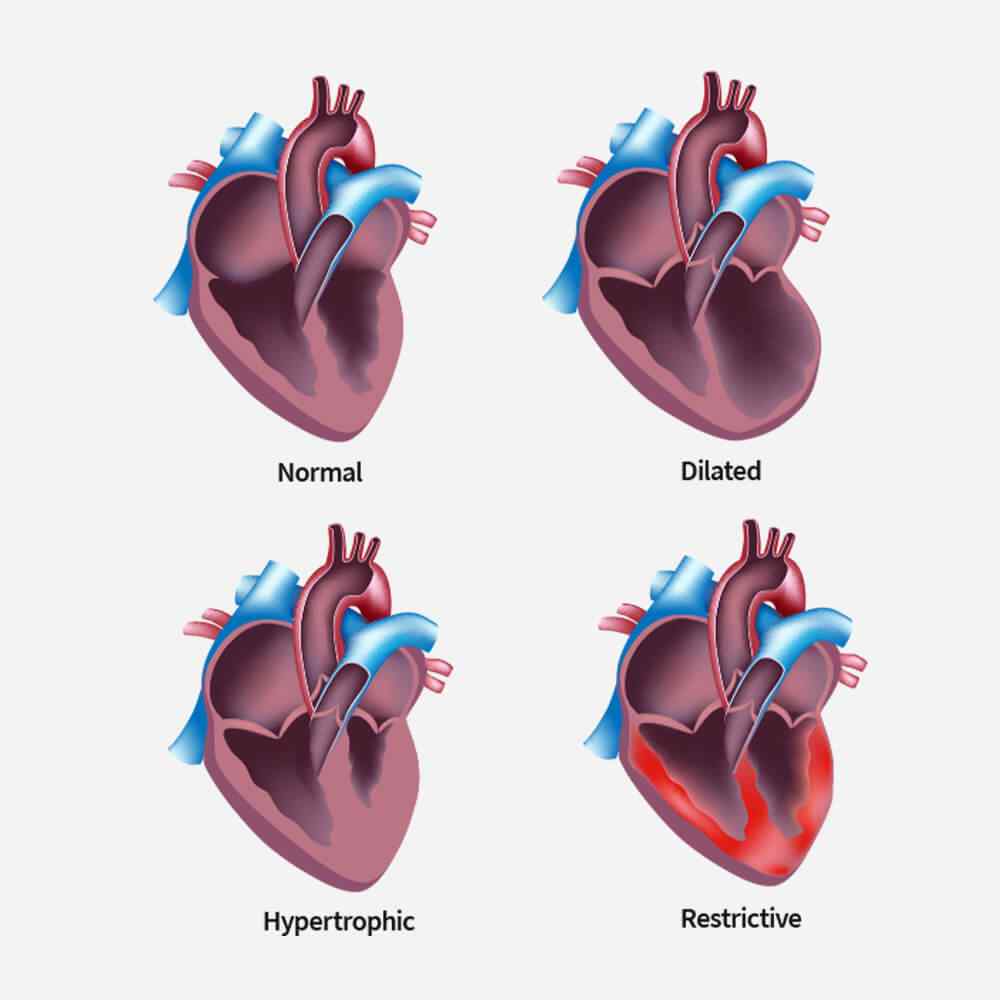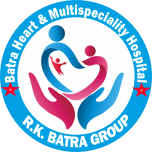Cronary Angiography
Coronary Angiography
Coronary angiography is a medical procedure that involves the use of X-ray imaging to visualize the blood vessels (coronary arteries) of the heart. It is commonly used to diagnose and evaluate conditions such as coronary artery disease (CAD), which is a narrowing or blockage of the coronary arteries that supply blood to the heart muscle.
Here’s an overview of the coronary angiography procedure:
-
Preparation:
- Before the procedure, the patient is typically given sedatives to help them relax.
- A local anesthetic is administered to numb the area where a catheter (a thin, flexible tube) will be inserted.
-
Catheter Insertion:
- A catheter is usually inserted into an artery, commonly in the groin or wrist, and threaded through the blood vessels to the coronary arteries.
- The catheter is guided under X-ray guidance to reach the coronary arteries.
-
Contrast Injection:
- A contrast dye is injected through the catheter into the coronary arteries. The dye makes the blood vessels visible on X-ray images.
- The movement of the contrast dye allows the healthcare provider to observe the blood flow and identify any blockages or abnormalities.
4. X-ray Imaging:
-
- X-ray images are taken as the contrast dye moves through the coronary arteries.
- These images provide detailed information about the structure and function of the coronary arteries, helping to identify any narrowings, blockages, or other abnormalities.
5. Post-Procedure:
- After the procedure, the catheter is removed, and pressure is applied to the insertion site to prevent bleeding.
- Patients are monitored for a short period to ensure there are no complications.
Coronary angiography is a crucial diagnostic tool for assessing the severity and location of coronary artery disease. Based on the findings, healthcare providers can determine the most appropriate course of treatment, which may include medication, lifestyle changes, or more invasive interventions such as angioplasty or coronary artery bypass surgery.
While coronary angiography is generally considered safe, there are some risks, including bleeding at the catheter insertion site, allergic reactions to the contrast dye, and in rare cases, damage to the blood vessels. The benefits of the procedure, however, often outweigh the risks in cases where coronary artery disease is suspected.
Approach
For everyday care or life-changing care you can count on our doctors.
Experts
You can count on us to keep you and your loved ones safe and healthy.
Technology
Cardiac rehabilitation (CR) can slow or reverse the nurse progression.
Facilities
We use a team approach to providing health care, and involve the patient.


Coronary Angiography
Unlock insights with Restrictive Coronary Angiography: Precision imaging for targeted heart assessments. Your heart, our focus.
Expand your heart’s clarity. Dilated Coronary Angiography: Precision imaging for comprehensive cardiac insights. Your health, our priority.
Hypertrophic Coronary Angiography: Unveiling heart intricacies with precision imaging for personalized care. Your heart, our clarity.
Navigate cardiac intricacies with Arrhythmogenic Right Ventricular Coronary Angiography. Clarity for precise diagnostics and tailored care.
Related TreatmentAngiography
Empower your heart health journey with Related Treatment Coronary Angiography. Targeted diagnostics for personalized care and effective solutions.
